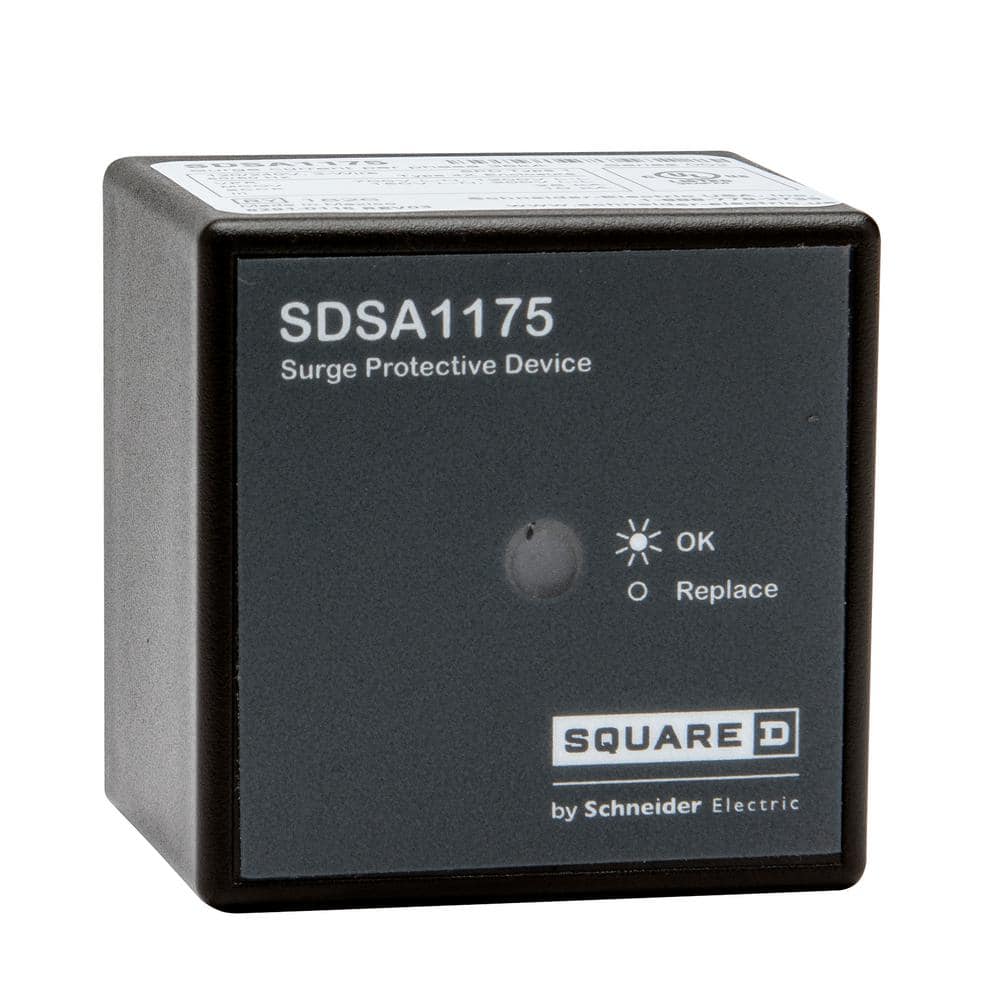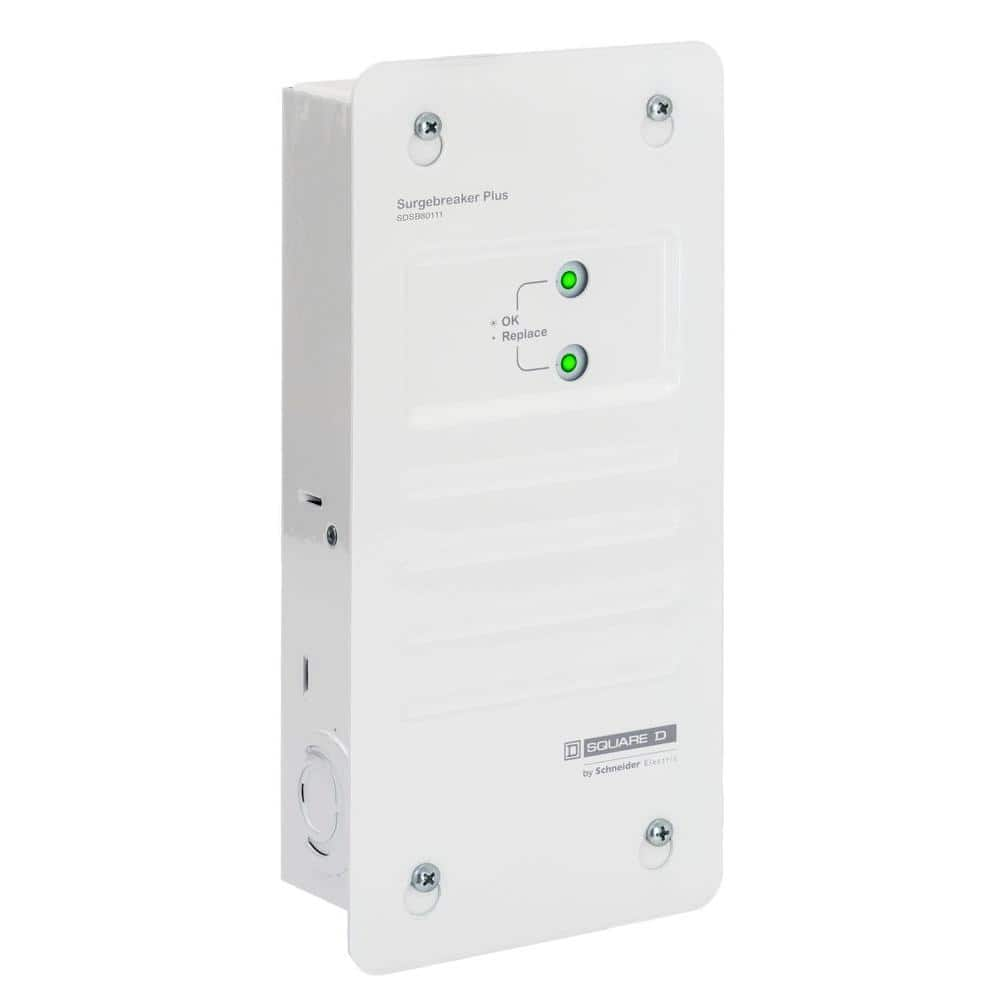So I am revisiting the lightning/surge protection on my two ground mounts, hoping to upgrade it. Fairly typical setup, two identical ground pole mount arrays, electrically tied together in parallel for the DC output. The panels and frame have a 6ga solid copper ground conductors which go to ground rods (actually 2 rods per pole a couple of feet apart tied together). The electrical ground from the combiner boxes also go to these ground rods via separate copper conductors. From my discussions with ham radio antenna people (who are used to dealing with lightning), this wiring provides a clear path from the panel frames/mounts to the ground rods without going thru the DC wiring boxes; supposedly an improvement over tying all the grounds together in the combiner box and then to the ground rods. Although from the DC electrical side it is equivalent.
The question I have is where to place some new Midnite surge arrestors for best protection. There are some older (~20 yr old) Delta surge protectors in the combiner boxes already, one on each pole. I could replace the old ones with the new Midnite ones, my original thought. Or someone suggested that I leave those old ones in place (they seem to be working), and put a new protector down at the breaker box by the MPPT charge controller. The theory here is that the panels with their larger junctions would likely survive most surges (and they do have some protection already), but the MPPT and inverter electronics would be more likely to sustain damage so protection closer to them would be more beneficial.
I am curious to get folks here thoughts on this. What would be the best way to install these surge protectors, and of course is there something else I could do too.
TIA
The question I have is where to place some new Midnite surge arrestors for best protection. There are some older (~20 yr old) Delta surge protectors in the combiner boxes already, one on each pole. I could replace the old ones with the new Midnite ones, my original thought. Or someone suggested that I leave those old ones in place (they seem to be working), and put a new protector down at the breaker box by the MPPT charge controller. The theory here is that the panels with their larger junctions would likely survive most surges (and they do have some protection already), but the MPPT and inverter electronics would be more likely to sustain damage so protection closer to them would be more beneficial.
I am curious to get folks here thoughts on this. What would be the best way to install these surge protectors, and of course is there something else I could do too.
TIA




